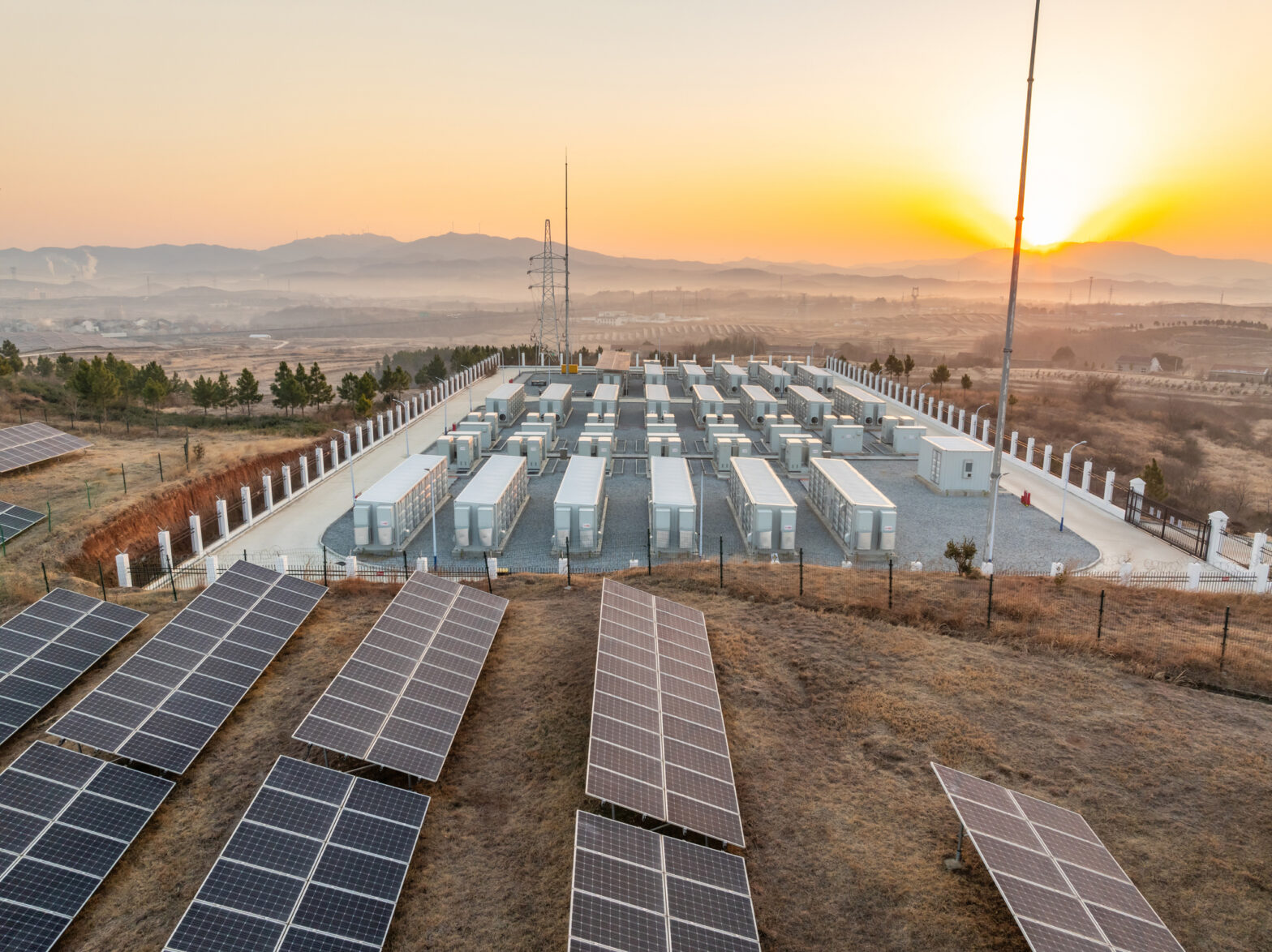We are creatures of habit. We snack. We check our email compulsively. We turn on the TV immediately when we get home.
We do this repeatedly, day after day, until we don’t even think about it. These automatic behaviors are known as habits. Oh, and they’re not all bad. Some are good. (Like buckling your seatbelt.) Some are even fantastic. (Like running every morning!)
Ever tried to break a bad habit? Or build a new and better one? (I won’t ask how that went.) It’s tough. Why? Because the human brain is inherently lazy. It’s constantly looking for ways to save effort. Left to its own devices, the brain will try to “habit-ize” almost any routine. And once a habit emerges, the brain can rest on its laurels and stop working so hard. Autopilot engaged. And after that, well, let’s just say it’s tough to fight City Hall.
But thanks to folks like BJ Fogg, Charles Duhigg, Nir Eyal, and many others, we can learn to disrupt our bad habit loops and tinker with the underlying machinery. We can deliberately design good habits and then sustain them for the long haul.
But before we tinker with the gears, let’s take a closer look at this habit machinery and see how it’s all powered…
The Habit Loop: Habits Deconstructed
Habits are generated via a three-part behavioral loop: A cue, a response, and a reward.
Every habit starts with a cue or trigger that tells your brain to switch to autopilot and let a routine behavior unfold. This cue can be anything from a visual trigger (bag of potato chips) to a specific place (Starbucks), time or event (waking up in the morning), people (parents), or even a feeling (I’m cold).
Once triggered, the resulting response is what we know as the habit itself (checking your phone first thing in the morning).
And then… the reward (yay, more Likes on my Facebook post). Now this is the instant payoff we seek. Remember the brain’s role in all of this? Rewards trigger a release of dopamine (the “feel-good” chemical) in the brain that makes us feel… Great.
What Makes the Habit Loop Go Round
Did I mention that we really like rewards? Enough to do this all over again?
So when the same cue arises (morning, just waking up), we continue to take the same action (check my phone). And we immediately get rewarded (Instagram!). Rinse and repeat: Morning – phone –Instagram. Now here’s the important part: With time, we start to look forward to the reward (oooh, new activity in my Instagram feed) as soon as the cue arises (morning). A few rinse-and-repeats later, and BAM, you’ve just cemented a new habit-to reach for your phone as soon as you wake up. Oy.
Bottom line: Anticipation is powerful (and even quite enjoyable). It’s this anticipation of the oh-so-delicious reward that drives the habit loop.
Habit Design: Building Good Energy Use Habits
Now that we’ve learned a few things, how can we apply this habit loop to energy use? To the average household, energy is this abstract, nebulous thing. Energy powers our homes and our lives, yet it’s still very impersonal. So… let’s make it personal. Let’s focus on the person behind it to design an energy-saving habit that works with our beautifully messy, human selves. That said, this part is for you, the real person at the center of it all – who sometimes runs half-empty dishwashers or leaves the TV on all night.
So let’s design an energy-saving habit around the thermostat. (Why this? Heating/cooling is expensive! The average household spends more than $2,200 a year on energy bills, with heating/cooling accounting for almost half of the cost.)
We’ll identify a cue, response, and reward–and most crucially, how to keep it going. The only things you need: Motivation and the ability to take action!
- Cue: You (or someone in the household) is feeling cold. Or maybe it’s a specific time of day when you typically crank up the heat.
- Response (New Behavior): Throw on a favorite, snuggly sweater. Want bonus points? Make yourself a cup of hot tea while you’re at it. (Note: It helps to plan in advance. Keep fleece blankets on the couch. And a fleece-lined sweater or hoodie nearby.)
- Reward: You feel warm and fuzzy! (Ever heard of hygge?) And content… even more so because you’re saving money and energy! But okay, I get it. Not quite doing it for you? For a more tangible reward: Pick something you could buy with the money saved on your energy bill. (Movie tickets? A foot massage? Wireless earbuds?) Great, now write it down. Save it. Keep it in mind.
Welcome to your new energy-saving habit loop! But not too fast, it’s still a teething infant. Now we need to cultivate some anticipation that keeps this new habit going well into adolescence (and hopefully, adulthood):
- Anticipation (Keeping it going): Look forward to that warm and fuzzy feeling! (Hygge, again.) Or look forward to that movie or massage. (Still have it written down?) With time, this anticipation will crowd out the temptation to turn up the thermostat. Don’t worry. A new, energy-saving habit loop will soon take its place.
Best of all, this process can be applied to any habit you want to build–like riding your bike to work, turning off the lights when you leave the house, or bringing a reusable bag to the grocery store.
So… anyone trying this? How’s it going? On average, it takes more than 2 months to cement a new habit. Keep it up, and day by day, it’ll become more… habitual!





